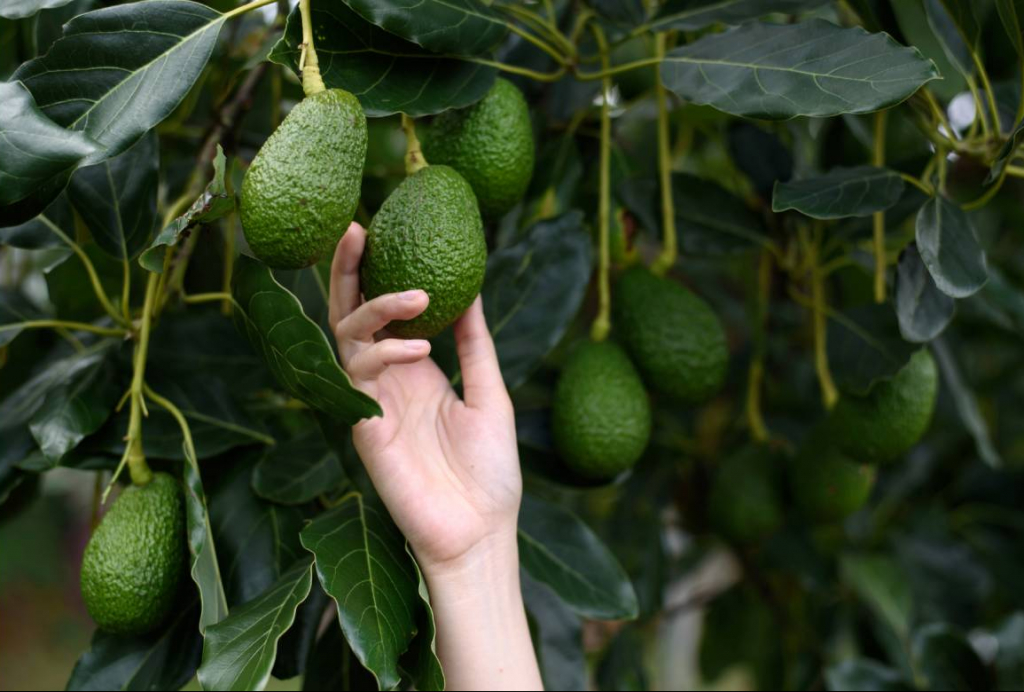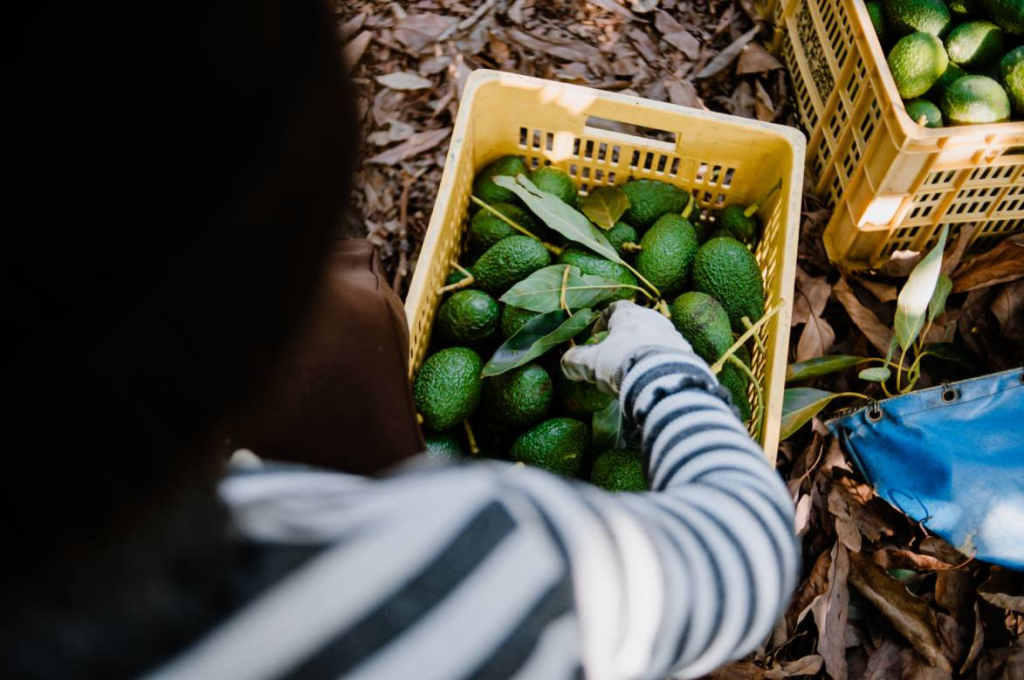How much water does avocado farming consume?
Avocado has become one of our favourite fruits in record time but more voices are being raised about the amount of water needed to grow it.
Recent figures show that in 2018 we consumed 97,209 tonnes in the UK and are second to France in the European avocado eating league. To get a measure of how much we love our avocados, just look at how many apples we eat in the UK every years – 122,000 tonnes.
The growth of the UK and European avocado market since the turn of the millennium has been extraordinary. Import growth tripled from 2002 to 2013, rising by an average of 18 per cent annually.
The area now imports in excess of 700,000 tonnes, with around an additional 100,000 tonnes of domestic production also being sold. Forecasts are that by the end of this year the European market will have consumed more than 1.1 million tonnes.
Strain on water resources
Our demand for avocado can be a benefit for the economies of the producer countries and the people who work in the sector but the rapid growth of the market is also put greater strain on the local ecologies, not least the Increased pressure on water resources and on forest land.
In the past decade, we have all been waking up to the fact that water is a precious and finite resource that we need to manage very carefully. Being aware of the water consumption footprint of the things we eat is one way to make good choices that help the planet in balance with sound economic management.
While a relatively new addition to European diets, avocados have been a staple food in South American diets since around 500 B.C. and can adapt to a wide variety of soils, from dry to moist. According to the California Avocado Commission, a mature tree grown in the West coast state would need around 91 litres of water on a day during the irrigation season.
And an academic study focusing on global implications for water scarcity from the growth in avocado production says that that growing avocado requires “four times more water than the production of a kilo of oranges and ten times of that of a kilo of tomato”.
Drought pressures
Countries that grow avocado are already facing drought and water shortages. Currently, more than 80 per cent of the world’s avocado production is in the hands of 11 countries with Mexico the largest producer (33.9 per cent).
According to the Food and Agriculture Organisation Corporate Statistical Database and other sources, Mexico is followed in the production league by Dominican Republic, Peru, Indonesia, Colombia, Brazil, Kenya, United States, Venezuela, Israel and China.
The main supplier to the European market is Peru, followed by Chile, South Africa, Israel, Mexico and Kenya. The academics looking into the effects on water supply used a water scarcity footprint (WSF) model to calculate the impact that water usage has had on local water scarcity over the past 25 years.
It found that Mexico had the highest WSF from avocado production, with 27 per cent of the global total. Chile followed with 22 per cent, Israel with 12 per cent, USA with 11 per cent, Australia with 7 per cent, South Africa with 5.6 per cent, Rwanda with 5 per cent, Peru with 3.6 per cent, Spain with 3 per cent, and Morocco with 1 per cent.
Arid regions
So, we know that growing this crop can put intense pressures on water resources, particularly in arid regions, and Petorca in Chile is just such a place – which is why it has been in the headlines. The UK gets a lot of its avocados from Petorca and producers in the area take around 1,280 litres of applied fresh water to produce 1 kilogramme of avocados. That means it takes about 320 litres of applied water to grow 1 avocado there compared to the average of 70 litres.
The bad-news stories focus on the actions of owners of some big avocado plantations in Petorca who have installed illegal pipes and wells to divert water from rivers to irrigate their crops, which has helped cause a regional drought.
Reports say that small farmers who have only shallow wells are left with no water while and local people have been driven to use contaminated water delivered by truck to cook, clean, or wash.9
On the other hand, the World Avocado Organisation (WAO) promotes the idea that it’s not generally true that that avocado production requires extremely large volumes of water. The WAO compares it to fruits such as bananas (790 litres) or apples (822 litres), the amount of water avocados require ranks lower than the average within the fruits and vegetable market.
It also points out – using figures from the Institution of Mechanical Engineers – that the average water footprint per kilogramme of avocado is just 1/15th of the water required to irrigate the same quantity of beef, and rice needs 2,500 litres for every kilo produced.
The WAO also says that technical improvements in irrigation as well as careful plant-growth control have reduced water demand by 300-400 litres over the past decade.

Avocado fruit facts:
- The biggest consumer of avocado is the US – In the US, consumption was 1.2 tonnes in 2019, which average of nearly 5 kilos per person. Super Bowl Sunday has become one of the most avocado-heavy consumption days of the year in the U.S., with 67 million tonnes of avocados being consumed during the game in 2019, according to the Hass Avocado Board.
- Avocados contain vitamins C, E, K, B1, B2, B3, B4, B5, B6, and minerals iron, zinc, magnesium, manganese, phosphorus, potassium, folic acid, and copper – a true superfood!
- The word avocado comes from the Spanish aguacate, which in turn comes from the Nahuatl word āhuacatl. Sometimes the Nahuatl word was used with the meaning “testicle”, perhaps because of avocado’s perceived resemblance. The modern English name comes from an English rendering of the Spanish aguacate as avogato.
- Spain is the main producer of avocados within Europe and, in an attempt to grow local markets, pilot programmes are being run in Portugal, Italy, and Greece.

Here in Northland, New Zealand, where avocados grow prolifically, we’ve just had a year of storms, torrential rain and flooding. My avocados have died. Drowned by excessive water.